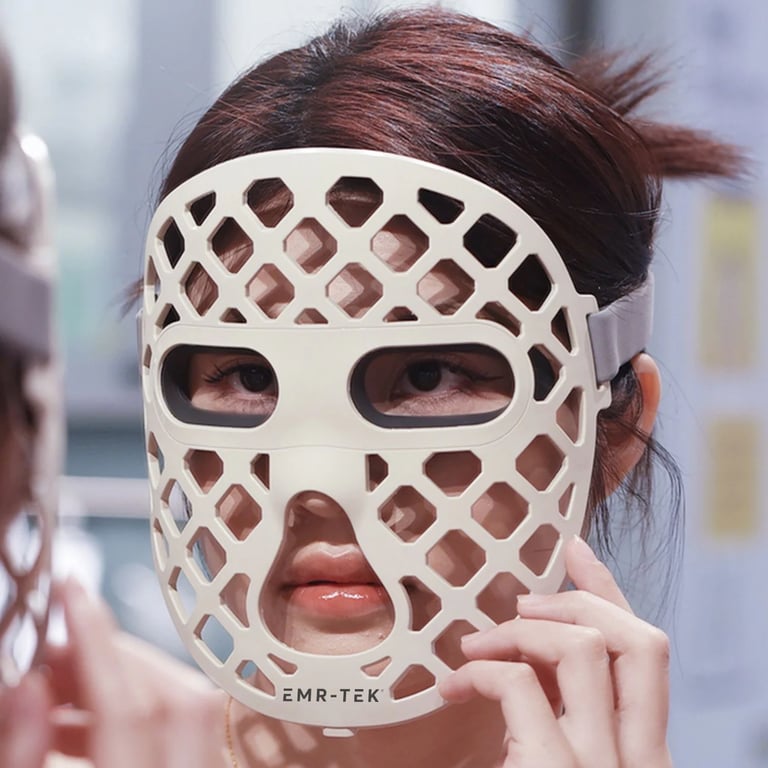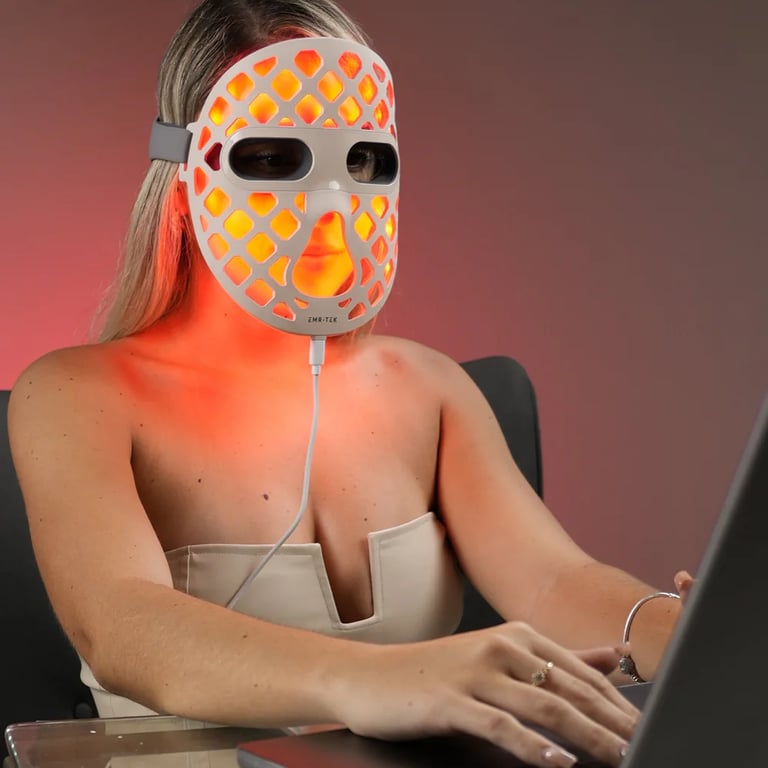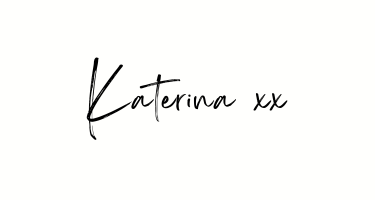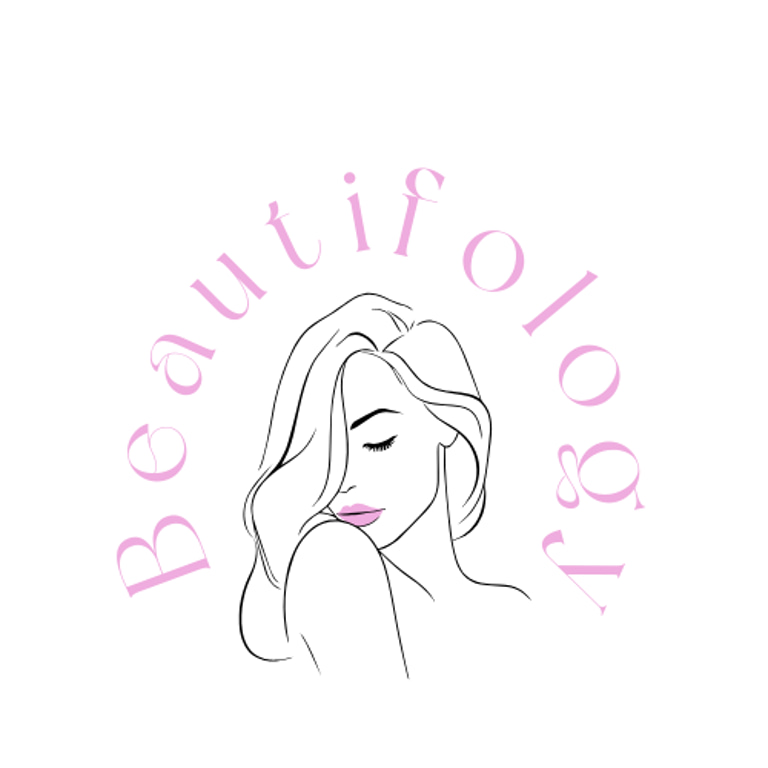Red Light Therapy 101
How It Works and Why Your Skin Loves It


🌟 Red Light Therapy 101: How It Works and Why Your Skin Loves It
Have you been seeing red light therapy masks all over the internet (ahem, Tiktok) and been wondering if they're more than a weird scifi looking fashion statement? You are not alone. Red light therapy (RLT) is everywhere right now — from dermatologist offices to bathroom counters — promising a whole heap of skincare and anti aging benefits - such as to smooth wrinkles, calm acne, and make your skin glow like you drank a gallon of water and got eight hours of sleep. But what actually is it? And how does shining red light on your face do all of that?
Let’s break it down — science-first, fluff-second, and always aiming to describe it in a way that makes sense.
💡 What Is Red Light Therapy, Really?
Red light therapy (also known as low-level laser therapy or photobiomodulation) uses specific wavelengths of visible red and near-infrared (NIR) light to stimulate your skin and underlying tissues. Unlike UV rays, red light doesn't damage your skin — instead, it gently energizes your cells.
Think of it as a cellular wake-up call. When your skin is exposed to red light (usually in the range of 620–850 nanometers), your cells respond by revving up their repair engines. The key player here? Your mitochondria — aka the “powerhouse” of the cell.
📚 According to a 2017 review in Seminars in Cutaneous Medicine and Surgery, red light therapy can increase mitochondrial energy output (ATP production), reduce oxidative stress, and trigger cell regeneration — which is exactly what your skin needs to stay firm, clear, and glowy.
(Source: Avci et al., 2013)
🧬 How Red Light Actually Helps Your Skin
Here’s a simplified breakdown of what red light does once it reaches your skin cells:
Boosts collagen production – Red light stimulates fibroblasts (your skin’s structural support team) to produce more collagen and elastin. This helps reduce fine lines and wrinkles over time.
Improves circulation – More blood flow means more nutrients and oxygen for your skin, speeding up healing and cell turnover.
Reduces inflammation – Great for calming acne, redness, and even rosacea-prone skin.
Speeds up repair – Whether it’s a breakout, post-procedure healing, or sun damage, red light gives your skin a helping hand to recover faster.
🧪 In one placebo-controlled study, researchers found that red light (630–660 nm) used for 8 weeks significantly improved skin tone, elasticity, and texture in participants without any adverse effects. Participants even showed increased collagen density and smoother fine lines.
(Source: Lee et al., 2007)
🛋️ Why It’s Perfect for At-Home Use
One of the best things about red light therapy is that it’s incredibly low-risk — and you can totally do it at home in your pajamas. Unlike laser treatments or peels that can be harsh or require downtime, red light is non-invasive, painless, and safe for all skin types. No redness, no flaking, no drama.
Here’s why skincare lovers are investing in their own red light gadgets:
It’s easy to stick to – Most at-home devices are used for 5–20 minutes a few times a week.
No side effects – Unlike retinol or acids, there’s no purging or irritation.
Great for multitaskers – Do a session while watching Netflix, meditating, or doomscrolling (no judgment).
Of course, results take time and consistency. Most studies show measurable improvements after 6–12 weeks of regular use. But users often report skin looking “healthier” and “more radiant” even within the first few sessions.
☀️ Red Light vs. Near-Infrared Light
Most at-home devices use either red light (around 630–660 nm) or near-infrared light (around 810–850 nm) — or both. Here’s the deal:
Red light penetrates the upper layers of skin, making it great for improving tone, texture, and surface-level concerns like fine lines and redness.
Near-infrared light goes deeper into tissues and is better for muscle recovery, joint pain, and even has shown to provide brain health benefits (which we’ll get into later in this series).
Many devices combine both for a more comprehensive effect — which is why you’ll see terms like “dual-wavelength” or “full-spectrum” on packaging.
🛑 Okay, but Does It Actually Work?
Short answer: Yes — but it’s not magic. It’s science.
Longer answer: Red light therapy works by helping your body do what it’s already trying to do — repair, regenerate, and stay balanced. The light doesn’t force changes; it enhances your skin’s ability to heal, rebuild, and glow.
🎓 According to a 2014 review in the Journal of Photochemistry and Photobiology, the majority of peer-reviewed studies on LED-based red light therapy report positive results for wrinkle reduction, improved skin elasticity, and enhanced wound healing — with no serious side effects.
(Source: Barolet et al., 2014)
📝 Coming Up Next…
In the next post, we’ll dive deeper into the anti-aging magic:
🧴 How red light therapy can reduce wrinkles, improve skin firmness, and give you that “I just had a facial” glow — all backed by science.
Stay tuned for Part 2: “Wavelengths, Wrinkles & Wonder: Anti-Aging Skin Benefits of RLT.”




Beautifology
Let's glow together
Get in touch for any comments, questions or product recommendations
© 2024. All rights reserved.
